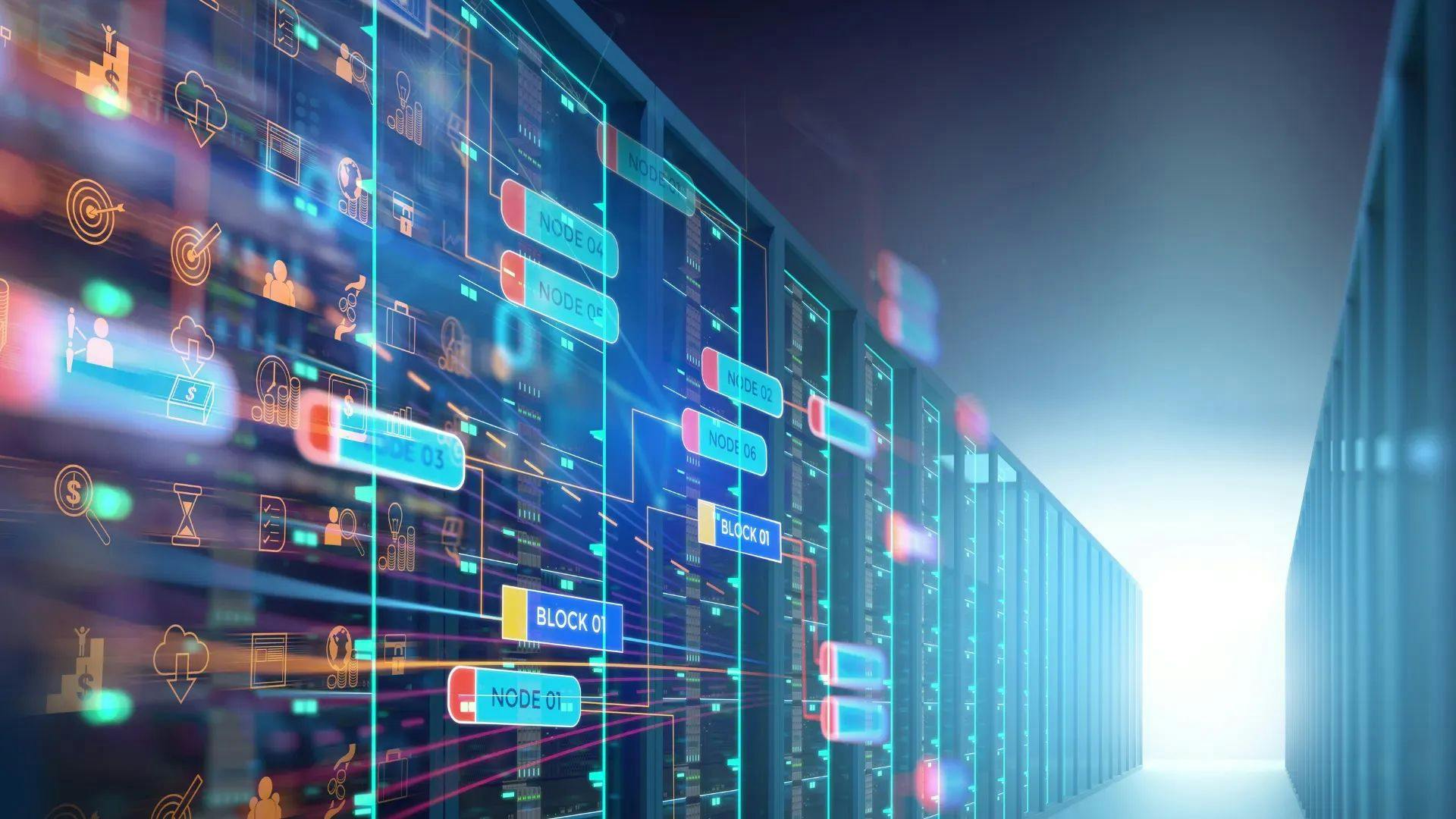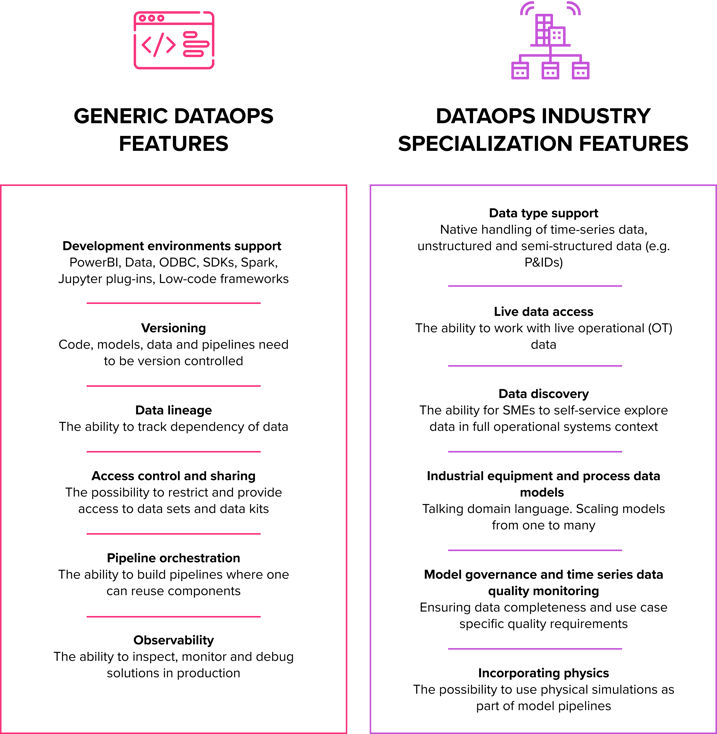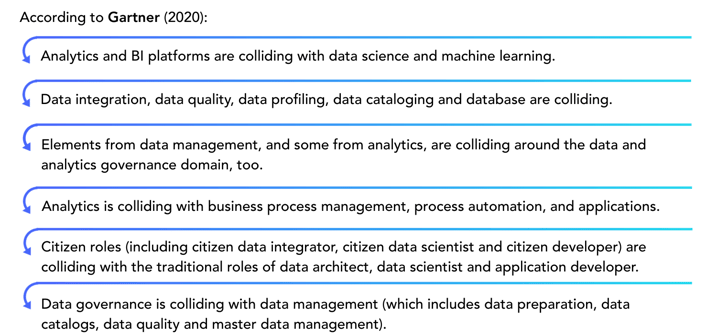Use DataOps to deliver to both SMEs and professional data scientists

In the tailwinds of DevOps’ transformative impact on both SaaS companies as well as more recently enterprise specific custom software development, DataOps is adopted to deliver similar transformative impact on the speed of delivering converged data management and advanced analytics solutions to businesses. With DataOps, organisations are making their data useful at scale across their rapidly growing data consumer landscape, with SMEs — not IT professionals — accounting for fastest growth.
DataOps for heavy-asset and manufacturing industries
With growing hype around DataOps, we want to offer you a convenient guide to understanding the key characteristics of horizontal DataOps, as well as which features to look out for that will significantly catalyze success with DataOps adoption for heavy-asset and manufacturing organisations confronted with a somewhat different data source, data type, data quality as well as data consumer landscape.

Use DataOps to deliver contextualized data to both SMEs and professional data scientist
To operationalize data at scale, you need to contextualize your data first. Contextualization — finding relationships in data and across data types, dimensions, things and objects — forms the foundation of modern data and analytics. This applies to knowledge graphs, to data fabrics, explainable AI, analytics on all types of content, and to providing richer context for ML and AI. True augmented data management delivered using DataOps will reduce the reliance on IT specialists for repetitive and low impact data management tasks, whilst in parallel, making your data consumers more independent and successful.
At Cognite, we’re often asked which users do we target? In other words, are we serving old or new data consumers? Do we focus on rich intuitive data exploration and intuitive pipeline and model management for ‘citizen’ data integrators, product managers, business analysis and engineers — or providing a ‘data as code’ experience to professional data scientist with preference for SDK experiences.
We choose both. For us, DataOps represents a new way of servicing data consumers, both old and new — data and analytics professionals as well as business and engineering professionals that is — with the same ‘real-time contextualised data at your fingertips’ experience.
To give a little context to this hybrid path we have chosen, we see that the data management and governance requirements are in fact largely the exact same for both end user groups, as are DataOps industry specialisation features alike. The differences are on the user interaction experiences with the data analytics workflows. This is however a UX preference issue, not a core augmented data management and DataOps issue. To illustrate this with a simple example, below are two common live data exploration and access scenarios present in almost all industrial use case solving. One experience targeting SMEs, the other data scientist and application developers. Both UXs are provided with the exact same core live data interface: the CDF API.
Convergence of data and analytics makes DataOps a necessity
The writings have been on the wall for some time with multiple historically discrete but related areas now colliding.

The future belongs to converged analytics that scales with DataOps. Get in touch with your friendly Cognite expert today to learn how being at the forefront with industrial DataOps will guarantee improved outcomes from your converged analytics delivery, making you a business and operations hero.
See Cognite Data Fusion® in action
Get in touch with our product experts to learn more and identify quick wins